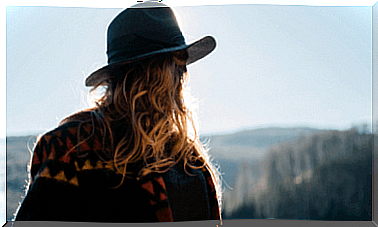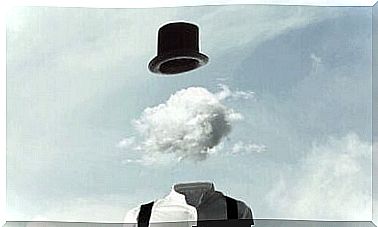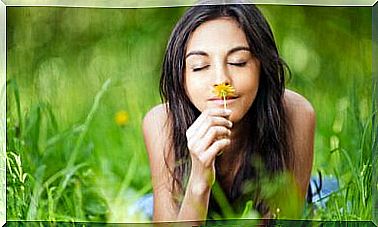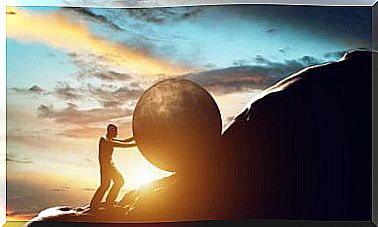Learn The 4 Essential Steps To Start Meditating
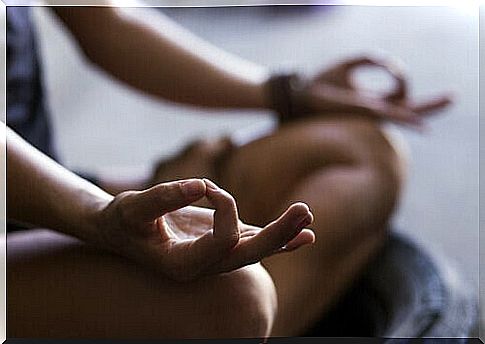
Conscious mindfulness, meditation, conscious presence, or Sati as it is called in the Bale language, is an exercise in which we become aware of various aspects of our present experiences.
Starting meditation allows us to become aware of how we move, feel (physically and mentally), and respond to or react to situations.
Such a quality of consciousness is, in fact, the basis of all creative life. It allows us to be honest, pragmatic, vigilant, courageous and active.
Very often during the day we stop paying attention to what is going on around us and dedicate most of our mental resources to working our thoughts, be they problems or positive things.
One way or another, we put the autopilot on and retreat to our shell. We get dressed, take a shower, or eat breakfast without thinking about what we’ll do when we get to work. So, in fact, our shift starts long before we sit at our machine or lift our tools.
How can we start meditating?
There are many different ways to start meditating and reach a certain state where we are fully focused on what is currently happening inside and outside of us.
One of the best known and most used methods is conscious presence. We can develop it through four basic steps:
- Full attention. It is about focusing our attention (without judging, determining, or interpreting) on what is happening around us at a given moment. Sounds, objects we see, emotions we feel, and so on. Just be attentive.
- Connecting with your own thoughts and feelings. As we focus on what is happening around us, feelings and thoughts come to light. We let them flow and we are aware of them and accept them, nothing more.
- Living here and now. We live in the present moment by paying attention to it and carrying out our daily activities with full awareness.
- Developing compassion. Compassion begins with loving yourself. Then this love is applied to our loved ones and the rest of the world. Whether they were mere acquaintances or even enemies.
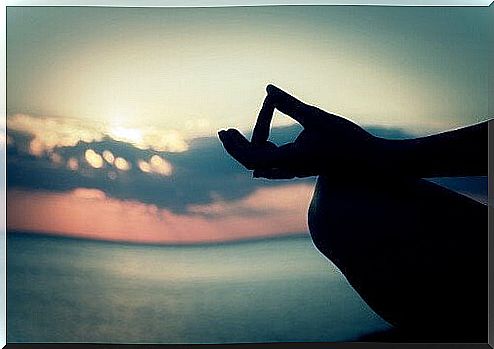
The technique of conscious presence is a process of preparation that is very similar to other forms of meditation. This is true because all of them strive for the same outcome.
They seek to attract our attention and a state of physical relaxation. If you are interested, let’s move on to the key ideas in this process that will help us start meditating.
Examination of the body
The first thought is to relax our bodies. That way, we can consciously breathe and use a technique called “body examination,” or body assessment. Examining the body is about examining our own body and taking notes. It starts at the feet and then proceeds to other parts of the body.
We curiously observe the sensations we receive from each part of the body to which we pay attention. Examining the body can take 5-20 minutes.
Then, once we have completed this sweeping of the body, we move on to focus on the present moment of the meditative process. We let the thing that needs to work get into our minds on its own. We put ourselves in an observational position.
Focusing oneself on the present
We can achieve this present moment through exercises that focus on an object (any object just by observing it), as well as sounds (listening to all the sounds we don’t notice when we’re not in this state). Finally, also to physical sensations (what we feel in our body) , among other things .
Avoidance of condemnation and interpretation
Considering our minds and feelings from the observer’s perspective means receiving everything our inner world wants to show us.
This section is not about interpretation or condemnation. Everything that happens inside us is normal and teaches us things about ourselves.
These exercises develop towards tongle and meta meditation. Tonglen and metta refer to compassion for ourselves and others.
We direct ourselves toward forgiveness, gratitude, appreciation, and compassion for what we have and for others.

Practical exercises to start meditation
When we start meditating, we need to pay attention to several things. These include: breathing, senses, body, mind and daily activities. We can classify the exercises into five groups:
- Observing current experiences. Living life as if we were looking at a painting. Observing certain details with a smile if possible.
- Thoughtful management. All visitors to our minds are welcomed.
- Acting in full consciousness. Doing the necessary activities one by one. Focusing on what we are doing, such as slowing down activities.
- Acceptance and detachment. We assume that everything is in a constant process of change and transformation. That nothing is immutable.
- Compassion and self-pity. We treat ourselves like a mother caring for her child, reminding ourselves that everything is going to go well.
Observing current experiences
One of the most famous exercises is the raisin exercise. We observe the shape, texture, color, smell, and so on of the raisin in our hand.
Once we have studied it, we eat it slowly, also gathering observations while it is in our mouths. In that way, we focus our attention on current experiences of observing and eating raisins.
Other exercises used for meditation include STOP and RAIL, which follow these acronyms:
- S / Stop!
- T / Full awareness of the whole moment.
- O / Observe what you think, feel and do.
- P / Invest in conscious doing and participation.
- R / Nourish the realization of experiences.
- A / Give it approval.
- I / Disconnect to explore the experience.
- L / Stop identifying yourself, release yourself.
Thoughtful management
To implement thoughtful management, we can implement the following exercises:
- Compartmentalization of thoughts. This is about naming ideas that emerge during the process.
- Rotational cycle. This refers to giving a certain and agreed time to our thoughts. For example, in the morning for an hour.
- My conversation with Socrates. This means all the doubts we accept. In this way, we can identify all the ideas we have embraced without first considering them.
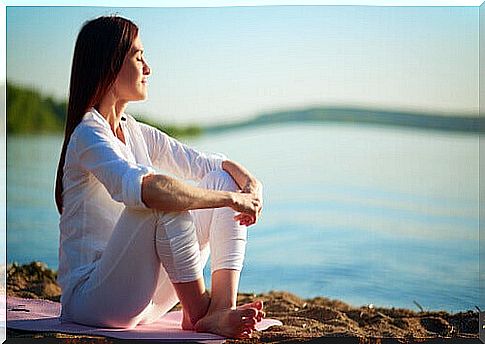
Acting in full consciousness
This is about writing the activity we do on paper. We write down the grade of effective presence in that activity (0-100), and in other activities we do at the same time.
In this way, we become aware of the attention we give to what is happening and what we are doing.
Acceptance and detachment
We can develop this with David Bruno’s 100 things challenge (2010). It involves self-dissolving things because it is more useful to collect moments than things.
We practice detachment from ownership, but also from potentially harmful relationships.
Compassion and self-pity
We can practice compassion in the following ways:
- Morning ritual. When we wake up, we repeat: “Today I feel grateful to be awake, alive, and have a precious human life. And I’m not going to waste it. I am going to use all my energy to develop myself. To open my heart to others. To attain enlightenment for the benefit of all beings. ”
- “I’m going to think beautifully of others. I’m not going to get angry or think bad about other people. I will benefit as much as others can. ”
- Similarity to others. It consists of not focusing on difference. We tend to do that. Instead, we find similarities because we have them.
Let’s take a moment to consider how we all seek the same things: happiness and avoiding pain, sadness, loneliness, and despair. We also strive to meet our personal needs and learn from life. From that perspective, let’s try to get closer to each other.
These are basic exercises that can serve as a source for anyone who wants to start meditating.
As you can see, they are very simple, especially if you think about how much good they are doing to you. Get started today!
Written sources:
Kabat-Zinn, J. (2006), Mindfulness for Beginners, Sounds True.
Simón, Vicente. (2014), Aprender of a practicar mindfulness, Sello editorial, Barcelona.
Teasdale, J., Williams, M., y Segal, Z. (2006), The mindful way, The Guilford.

